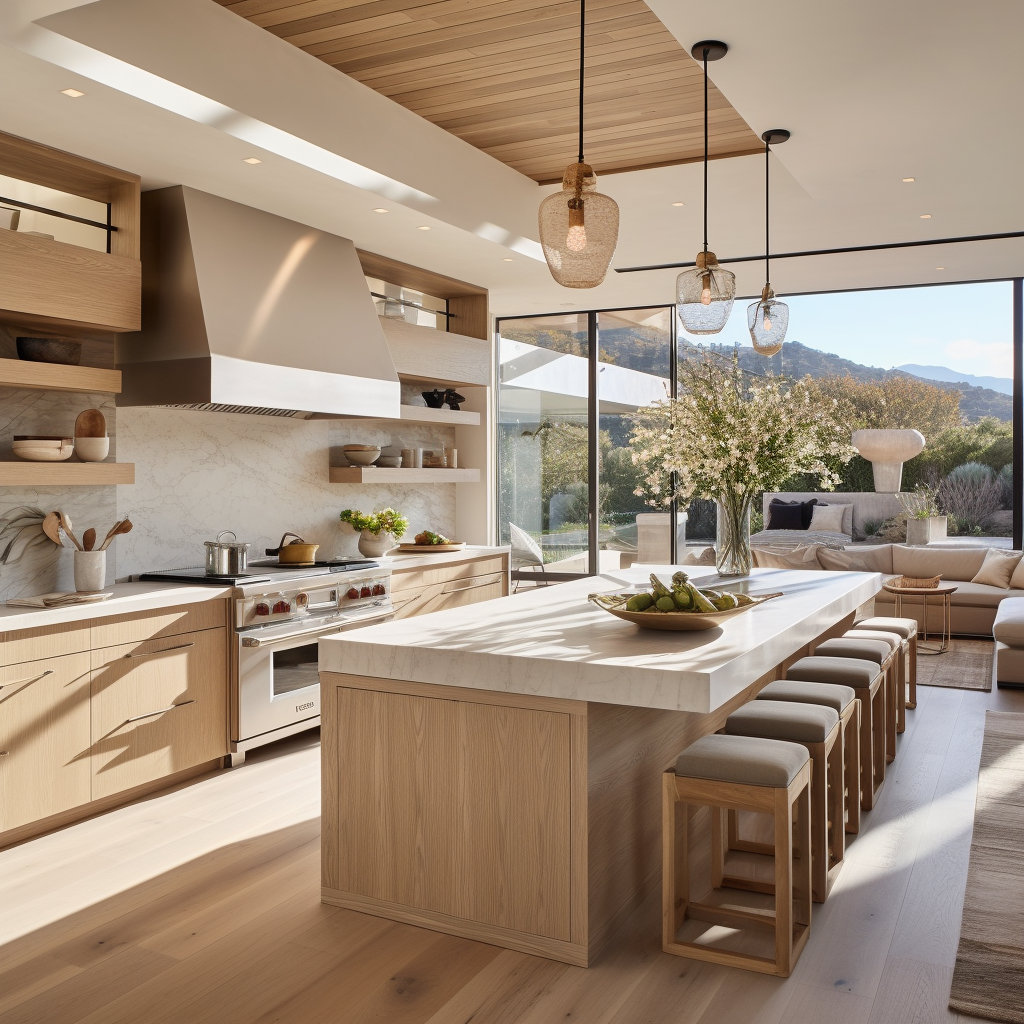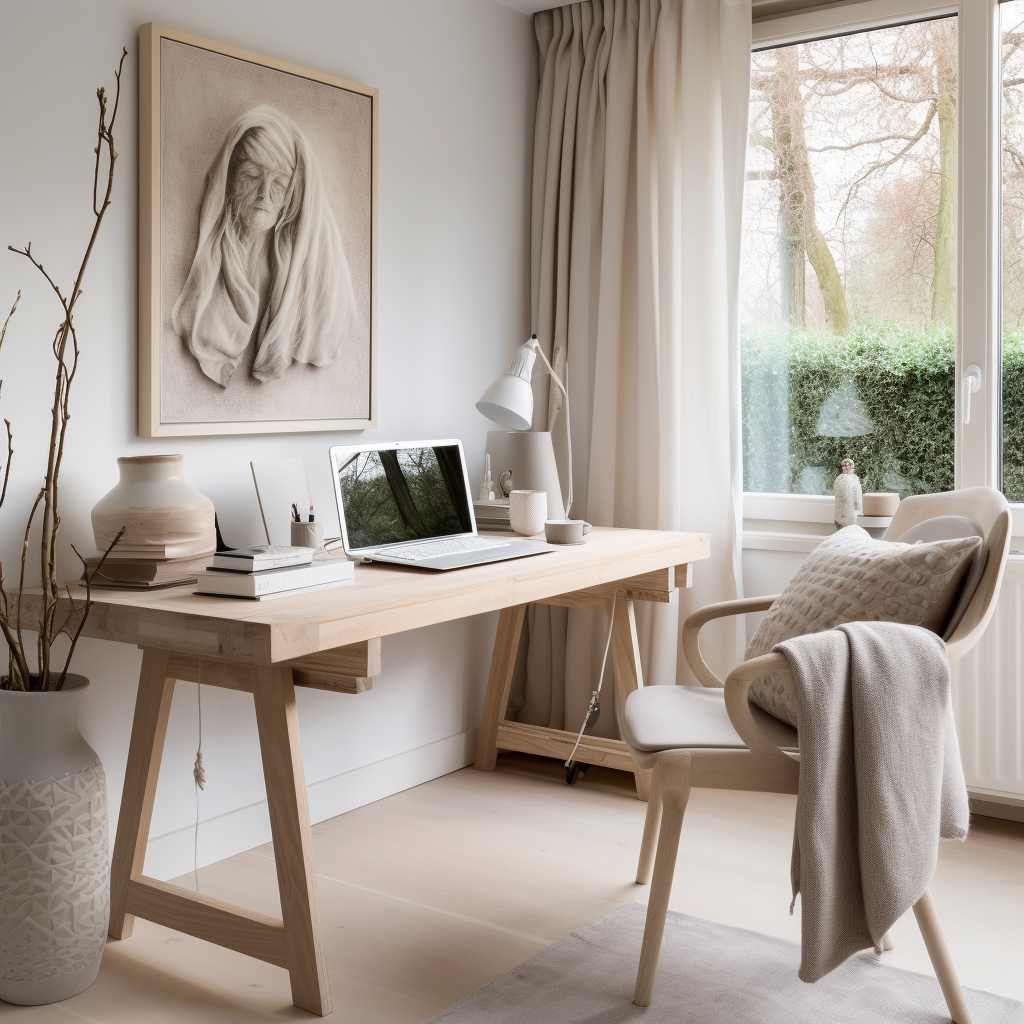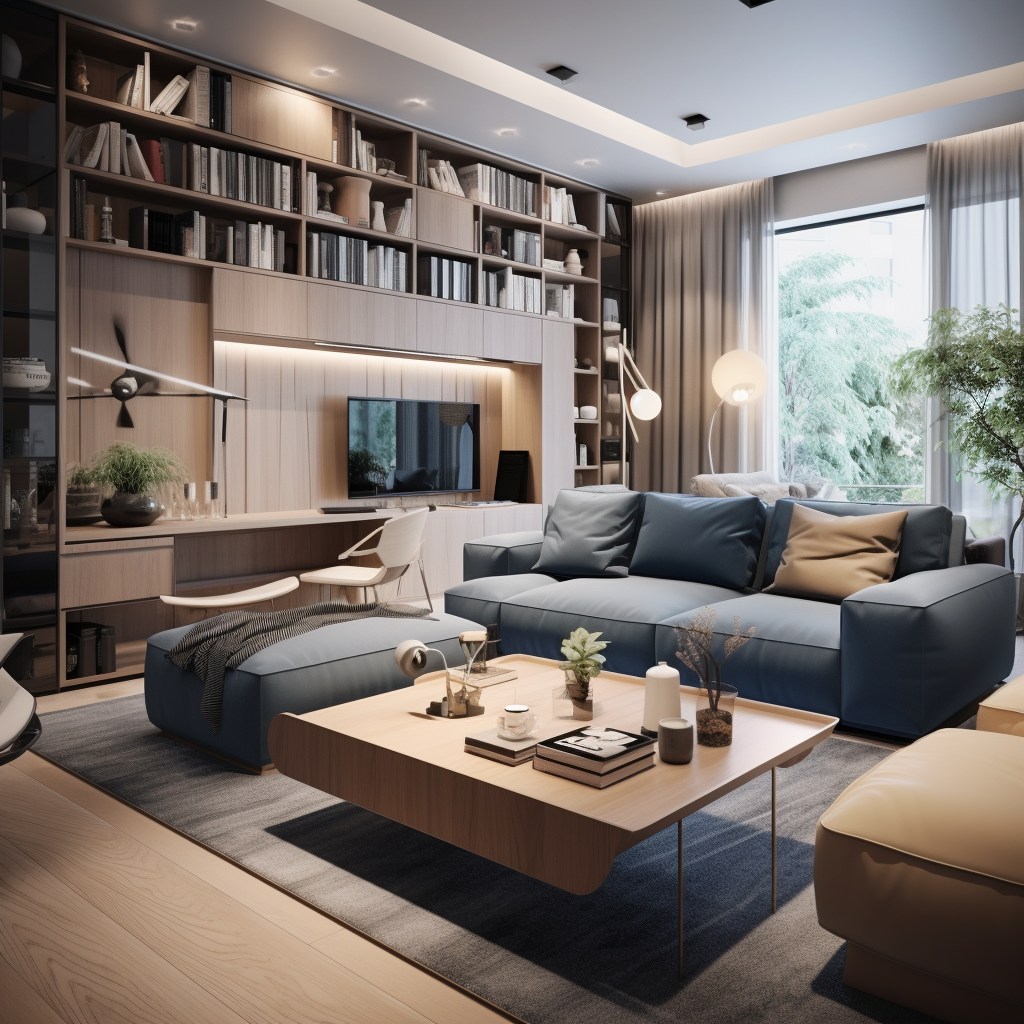“Home Therapy” – The Transformative Power of Interior Design onWell-being
Feb 29,2024

In the hustle and bustle of everyday life, the significance of our living spaces goes beyond more functionality. Home therapy, a concept rooted in the profound impact of interior design on our well-being, explores the ways in which our surroundings can contribute to mental and emotional health.
Color Psychology: The colors surrounding us can significantly influence our mood and emotions. Interior designers leverage color psychology to evoke specific feelings within a space. Warm tones like yellows and oranges can promote energy and happiness, while cool blues and greens induce calmness. Thoughtful color choices in various rooms can create a harmonious environment that aligns with the desired emotional state.

Functional Flow and Spatial Harmony: The layout and flow of a space impact how we navigate and interact with it on a daily basis. A well-designed home considers functional flow, ensuring that rooms are arranged in a way that promotes ease of movement and accessibility. Spatial harmony fosters a sense of balance and order, contributing to a feeling of calm and tranquility.
Natural Elements for Serenity: Incorporating natural elements into interior design, such as indoor plants, natural light, and organic materials, connects us with the outdoors and promotes a sense of well-being. Biophilic design principles emphasize the integration of nature into living spaces, enhancing air quality and creating environments that inspire relaxation and rejuvenation.

Comfortable Retreats: The concept of home therapy revolves around creating comfortable retreats within our living spaces. Plush furnishings, cozy textiles, and well-chosen accessories can transform a room into a sanctuary for relaxation. Personalized spaces that reflect individual tastes and preferences contribute to a sense of belonging and emotional well-being.
Mindful Design for Stress Reduction: Mindful design principles, which focus on creating intentional and purposeful spaces, play a crucial role in stress reduction. Decluttering, minimalist aesthetics, and intentional design choices can promote mental clarity and a sense of order. An organized and visually appealing environment can contribute to a reduction in stress levels.
Personalized Sanctuaries: Home therapy emphasizes the creation of personalized sanctuaries that cater to individual needs. Consider designing spaces that support hobbies and activities that bring joy and relaxation. Whether it’s a cozy reading nook, a meditation corner, or a home office with a view, tailoring spaces to personal preferences enhances the therapeutic impact of the home.

In conclusion: As the lines between home and work blur, the importance of cultivating spaces that contribute to our well-being becomes increasingly evident. Home therapy through interior design is a holistic approach that recognizes the profound impact our living spaces can have on mental, emotional, and even physical health. By embracing color psychology, functional flow, natural elements, comfortable retreats, mindful design, and personalized sanctuaries, we can transform our homes into havens of well-being, promoting a sense of balance and tranquility in our daily lives.
